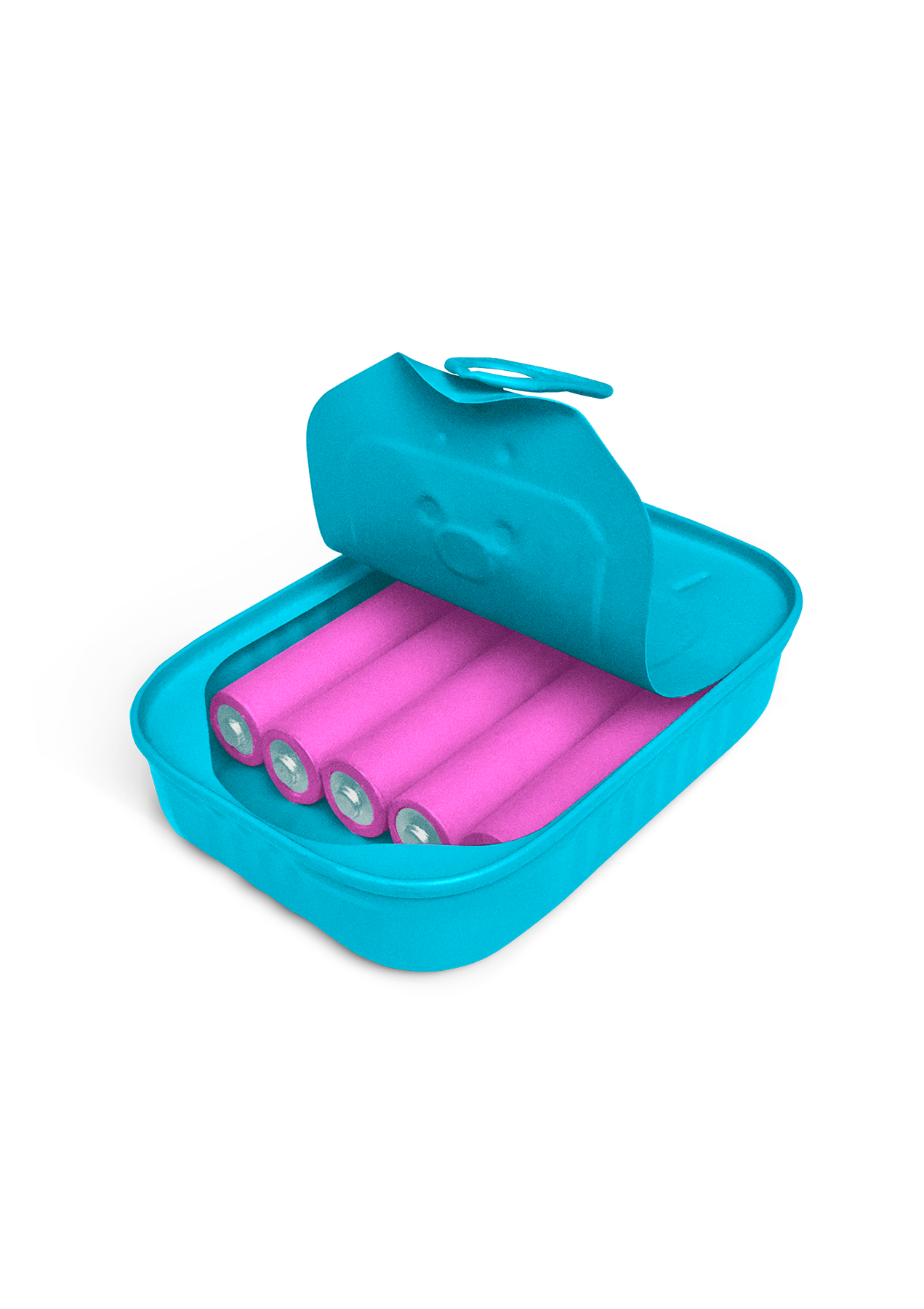
New Media
#KAMA 19
Current admission
Application deadline
October 1, 2022
duration
16 weeks.
2-3 times a week (weekdays from 19:30 to 21:30)
cost
₴ 19,000 if paid in one single payment
₴ 21,000 — in three payments
NEW MEDIA IS PRESENT IN ALL ASPECTS OF OUR LIFE. LIGHT INSTALLATIONS ON RAVES, VIDEOS AT ART EXHIBITIONS IN GALLERIES, GAMES FOR SMARTPHONES, VIDEOS ON VIMEO - THE ENTIRE DIGITAL WORLD SURROUNDING US AT ANY TIME MAY BECOME A NEW MEDIA OBJECT. IN THE FRAMEWORK OF OUR COURSE IN KAMA, WITH THE SUPPORT OF OUR MENTORS, YOU WILL LEARN NOT ONLY TO UNDERSTAND THE ART OF NEW MEDIA BUT ALSO GET TO KNOW PRACTICAL TOOLS FOR CREATING YOUR OWN AND ANALYSIS OF OTHER WORKS.
Perhaps you have already edited a few videos to your favorite track, tried to record an echo at the exit from a metro station, refused to replace your smartphone with a broken screen, because the resulting glitch is so beautiful, or just don’t miss out any contemporary art exhibitions. If any of this happened, then New Media is already with you. It remains only to learn how to map, stop editing sound in Sony Vegas and find out what Pro Tools and Reaper are, get acquainted with Davinci Resolve and other basic programs for working with video, sound, motion, space, and technologies.
All this you can do as part of the New Media course developed by Photinus Studio for KAMA. And most importantly, as a result, you will learn to understand the art of new media to apply them in practice in working with your art projects or advertising orders.
Program
-
Video art
Theory and history of video art → Video software (Readme: Final Cut Pro; Hands-on: DaVinci Resolve) → Ways to represent video work. The difference and specificity of playback devices → VJing and mapping, Resolume Arena program
-
Sound art
Theory and history of sound art→ Basics of sound recording (sound and its parameters, sound recording equipment) → Basics of sound engineering → Programs for working with sound (introductory information: Pro Tools; practical work: REAPER)
-
Media performance
Theory and history of media performance → Kinect touch controller → TouchDesigner program
-
Digital arts
Theory and history of digital art → Max / MSP / Jitter programming environment → Work in VR
-
Media installation
Theory and history of media installation → Parametric architecture and objects. Visual editor Grasshopper → Arduino platform for building automation and robotics systems → OSC, DMX, MIDI protocols.
-
Work on the final project

